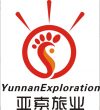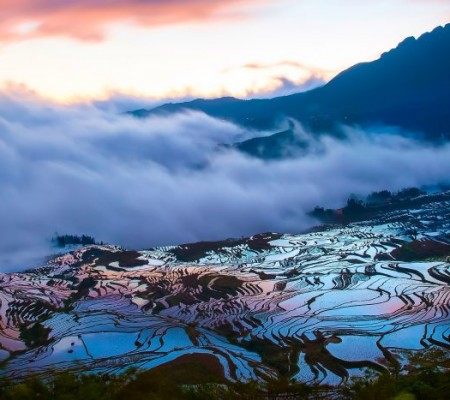
Xiao Guoxiang – Inheritor of Folk Clay Sculpture Artistry in Anning City, Kunming
Early Life and Training
Xiao Guoxiang (肖国祥), born in 1927, is a skilled folk clay sculpture artisan from Xiayuanliang Village, Xijie Township, Anning City (昆明市安宁市县街乡下元良村), Kunming, Yunnan. He belongs to the Han ethnic group (汉族). Xiao’s journey in craftsmanship began at the age of 16 when he started learning the art of clay sculpture under the guidance of his uncle. It is said that the skill was passed down from his grandfather, who had learned it from outsiders during the late Qing Dynasty (光绪年间). Xiao is now considered the third generation in his family to carry on this tradition.
Career and Craftsmanship
Xiao Guoxiang’s professional journey spans a variety of roles. After joining the People’s Liberation Army in 1951 and serving in the 4th Division of the artillery corps, he transitioned to civilian life in 1952. Over the years, he held various leadership positions, including serving as the village’s Public Safety Director, Industrial Vice-Director, and the production team leader for 13 years. Despite his administrative duties, he never abandoned his passion for folk arts, particularly clay sculpture, bamboo weaving, and color painting.
His work primarily focuses on creating religious and ritual items used for funerary rites and other religious ceremonies. His clay sculptures include depictions of people of all ages, as well as animals and livestock. Xiao’s art is deeply connected to his local community, as he often produces these items for the villagers’ religious and spiritual needs.
Artistic Influence and Religious Practice
In addition to his skill in creating ritual items, Xiao Guoxiang has also created Buddhist statues and performed color painting for temples. His long-standing devotion to Buddhism, which began years ago, has deeply influenced his artistic focus, particularly in the creation of religious figures.
Xiao Guoxiang’s work has made a significant impact in his community, and he continues to be a respected figure for preserving this traditional art form. His sculptures remain an essential part of religious and cultural practices in Anning and the surrounding areas.

 7 Days GolfingTour
7 Days GolfingTour
 8 Days Group Tour
8 Days Group Tour
 8 Days Yunnan Tour
8 Days Yunnan Tour
 7 Days Shangri La Hiking
7 Days Shangri La Hiking
 11 Days Yunnan Tour
11 Days Yunnan Tour
 6 Days Yuanyang Terraces
6 Days Yuanyang Terraces
 11 Days Yunnan Tour
11 Days Yunnan Tour
 8 Days South Yunnan
8 Days South Yunnan
 7 Days Tea Tour
7 Days Tea Tour
 8 Days Muslim Tour
8 Days Muslim Tour
 12 Days Self-Driving
12 Days Self-Driving
 4 Days Haba Climbing
4 Days Haba Climbing
 Tiger Leaping Gorge
Tiger Leaping Gorge
 Stone Forest
Stone Forest
 Yunnan-Tibet
Yunnan-Tibet
 Hani Rice Terraces
Hani Rice Terraces
 Kunming
Kunming
 Lijiang
Lijiang
 Shangri-la
Shangri-la
 Dali
Dali
 XishuangBanna
XishuangBanna
 Honghe
Honghe
 Kunming
Kunming
 Lijiang
Lijiang
 Shangri-la
Shangri-la
 Yuanyang Rice Terraces
Yuanyang Rice Terraces
 Nujiang
Nujiang
 XishuangBanna
XishuangBanna
 Spring City Golf
Spring City Golf
 Snow Mountain Golf
Snow Mountain Golf
 Stone Mountain Golf
Stone Mountain Golf




